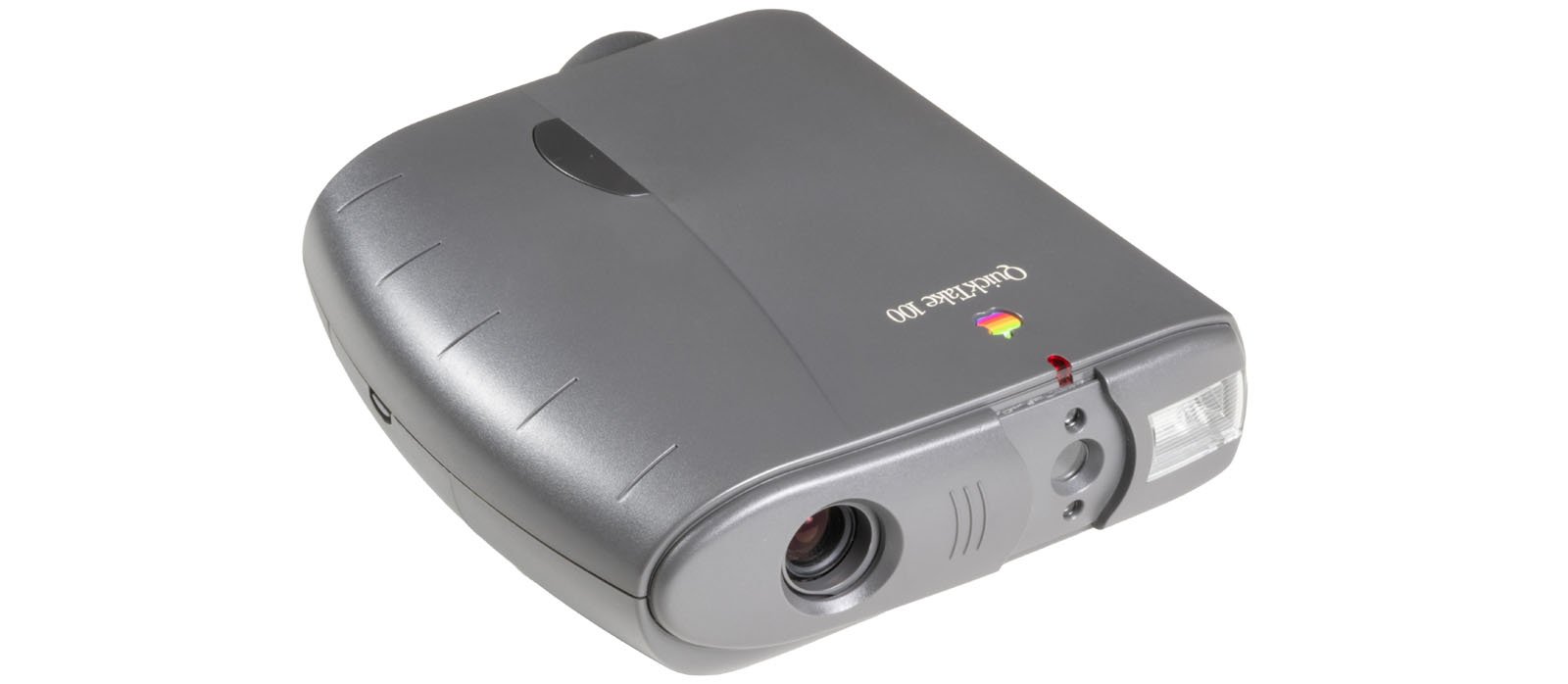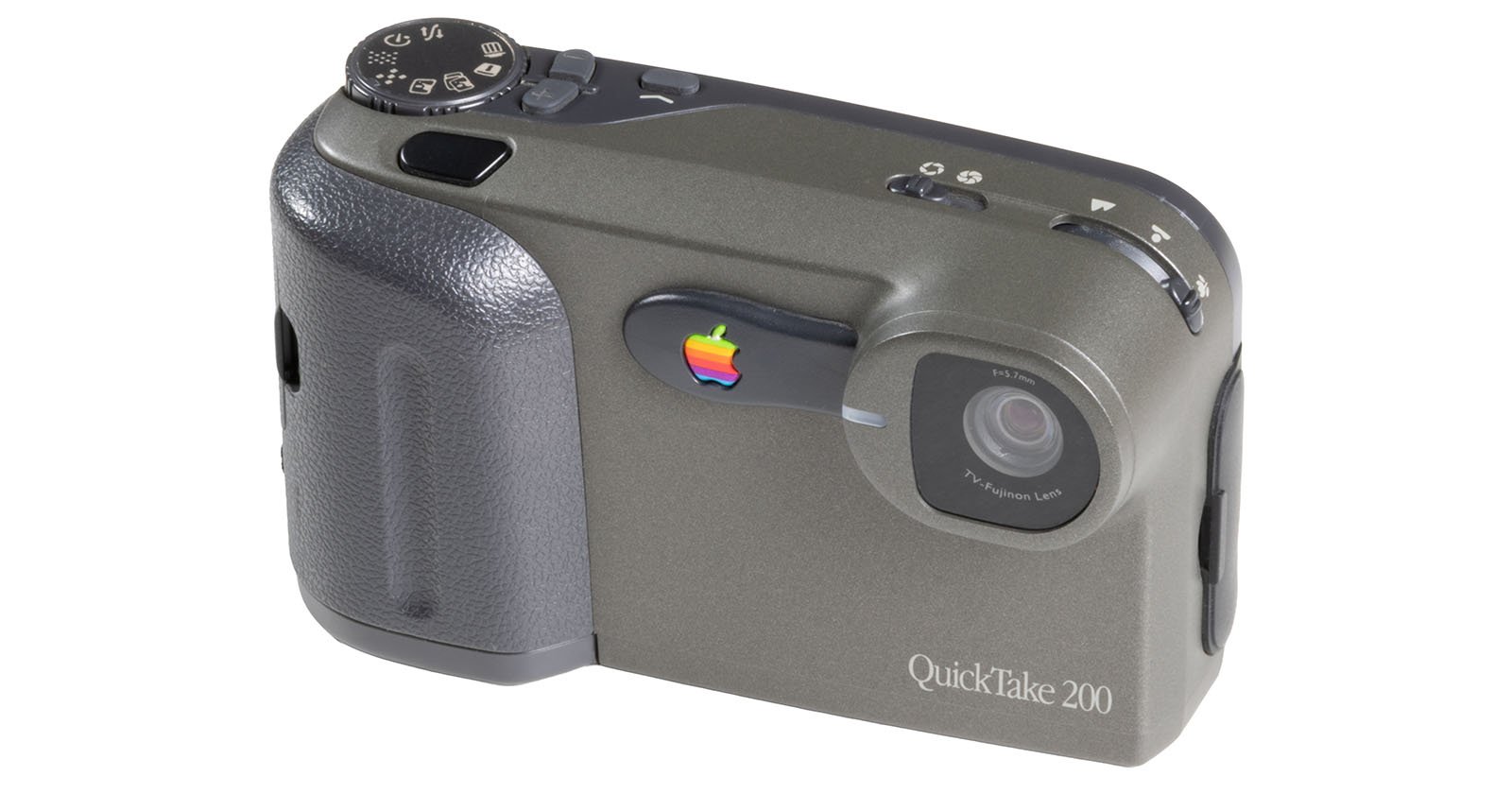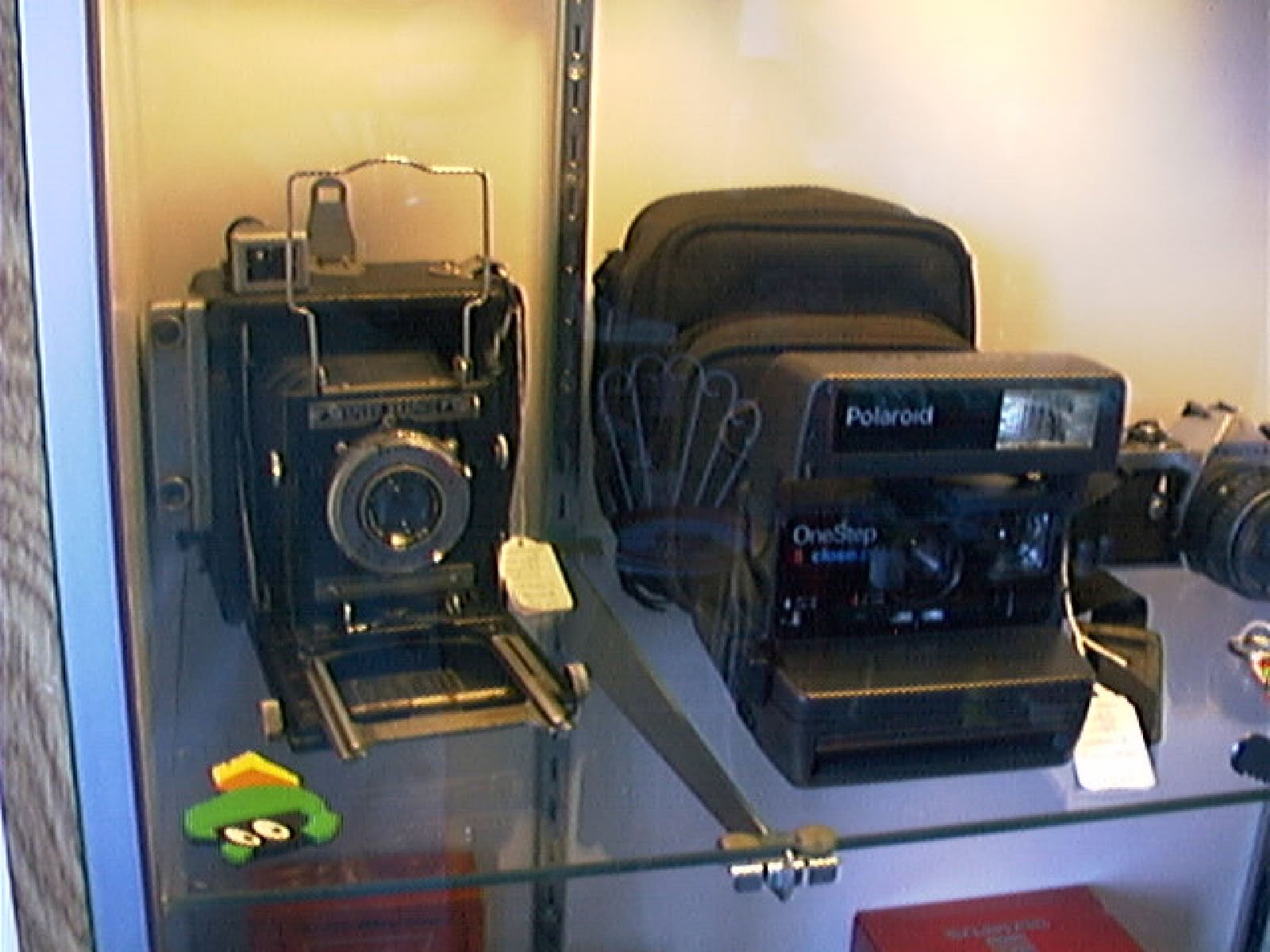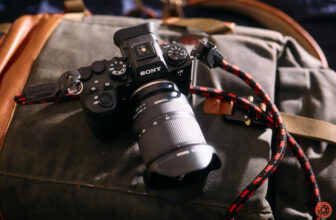
Check out our latest products
Krazy Ken of the excellent technology YouTube channel Computer Clan is back with another camera-centric episode, this time looking at Apple’s foray into making digital cameras in the 1990s, 1994’s Apple QuickTake 100, 100 Plus, 150, and its final model, 1996’s QuickTake 200.
In Ken’s half-hour video, he breaks down the fascinating history of the QuickTake series, where the cameras impressed, why they ultimately failed, and the complicated legacy they have left behind. In classic Krazy Ken fashion, he takes the cameras out into the field to see how they stand up about 30 years later.
“The Apple QuickTake was great in many ways,” Ken opens. “So why did [Apple] kill it in only three years? Also, how well do these 0.3-megapixel cameras actually work?”


Many of the original QuickTake 100’s specifications and features rightly seem archaic now, but the QuickTake 100 was so much more than its now outdated specs. The QuickTake 100 arrived at a time when Apple, as a company, was struggling — nowhere near the $3 trillion behemoth it is today. The Newton personal assistant had just flopped, and Apple was looking for a hit at a time when it could hardly afford to take a risk. Nonetheless, Apple took a considerable risk.
The Apple QuickTake 100 marked not just a new product segment for Apple but was among the very first consumer-oriented digital cameras ever to hit the market. With a Kodak-developed 0.3-megapixel CCD sensor, a user-friendly point-and-shoot design, and technology that as Ken puts its seemed “magic” at the time, the QuickTake 100 arrived on store shelves in June 1994 and paved the way for giants of the photo industry to enter the consumer digital photography space. The Apple QuickTake 100 opened a door, and everyone followed Apple through it shortly thereafter.

Apple quickly released the QuickTake 150 the following year, which features improved file compression technology, enabling photographers to capture a whopping 16 best-quality photos, up from eight, or 32 standard-quality shots. QuickTake 100 owners could send their cameras to Apple to be upgraded to the QuickTake 100 Plus, which featured the same performance as the 150. This camera also sported an add-on close-up lens.


![]()
![]()
In 1996, Apple released the QuickTake 200, built by Fujifilm. This camera still took photos at the same teeny 640 by 480-pixel resolution, offered more memory, sported a 1.8-inch rear display, and added focus and aperture controls. It was a significantly more versatile and powerful camera than its predecessors, but that would not save it.
When Steve Jobs returned to Apple in 1997, he entered with an axe and slashed the company’s product lineup to ribbons, killing nearly all of Apple’s non-computer products, including the QuickTake, the company’s printers, and the Newton. While not all of these are necessarily great losses, it is a shame that the QuickTake was prematurely discontinued before it had a chance to flourish. Kodak, Fujifilm, Canon, Nikon, and Sony filled the void, but it is difficult to overstate just how groundbreaking the QuickTake was.

Although, just because the QuickTake series was influential does not mean that it is good. That said, while its image quality doesn’t stand up today, Ken notes that it was actually pretty good for the time. Sure, the dynamic range is bad and low-light performance is abysmal, but in the right situation, the QuickTake 100 could take a nice digital photo, especially when considering the monitors people’s pictures would be displayed on.
![]()
![]()
![]()
The QuickTake 200 represented a significant improvement in image quality despite arriving only two years later. Digital camera technology improved significantly in its early days, and the QuickTake 200 is a strong testament to that. It’s easy to wonder what a QuickTake 300 or even 400 could have been like had Apple stayed the course. Would Apple have become one of the world’s largest camera companies? Oh, wait, it did.
But wait, there’s more. Ken channels his inner Apple CEO with “one more thing,” the oft-forgotten, never-released Apple QuickTake 1000. This model, built upon the QuickTake 100’s design, was “going to feature a PowerPC processor with much faster performance and a motorized zoom lens with rocker control,” Ken explains. Ultimately, this camera was discarded in favor of the QuickTake 200.
Although the QuickTake 200 was well-received at the time, consumers were still more interested in purchasing new film cameras than digital ones. Film image quality was vastly superior and would remain so for a while longer. Digital cameras were expensive, and it wasn’t immediately apparent that they were actually more useful than analog ones.
![]()
While the Apple QuickTake could be categorized as a failure given its short lifespan, that would be a mistake. Yes, Apple killed the QuickTake, but it was not because the camera was inherently bad or that it could never have found its footing. The QuickTake was born at the wrong time for Apple. The company was hemorrhaging money, and when Jobs returned to Apple, he significantly narrowed the company’s focus.
This move saved Apple and helped propel it to a new generation of experimentation and growth, which then birthed the iPhone, which nearly killed off the digital camera market the QuickTake helped usher in.
Image credits: Photos provided courtesy of Krazy Ken of Computer Clan

![[2025 Upgraded] Retractable Car Charger, SUPERONE 69W Car Phone Charger with Cables Fast Charging, Gifts for Men Women Car Accessories for iPhone 16 15 14 13 12, Samsung, Black](https://i1.wp.com/m.media-amazon.com/images/I/61SaegZpsSL._AC_SL1500_.jpg?w=300&resize=300,300&ssl=1)



![[True Military-Grade] Car Phone Holder【2024 Stronger Suction & Clip】 Universal Cell Phone Holder for Car Mount for Dashboard Windshield Air Vent Long Arm Cell Phone Car Mount Thick Case,Black](https://i2.wp.com/m.media-amazon.com/images/I/715PBCuJezL._AC_SL1500_.jpg?w=300&resize=300,300&ssl=1)
![[エレコム] スマホショルダー ショルダーストラップ 肩掛け ストラップホールシート付属 丸紐 8mm P-STSDH2R08](https://i3.wp.com/m.media-amazon.com/images/I/51BMFf06pxL._AC_SL1500_.jpg?w=300&resize=300,300&ssl=1)







